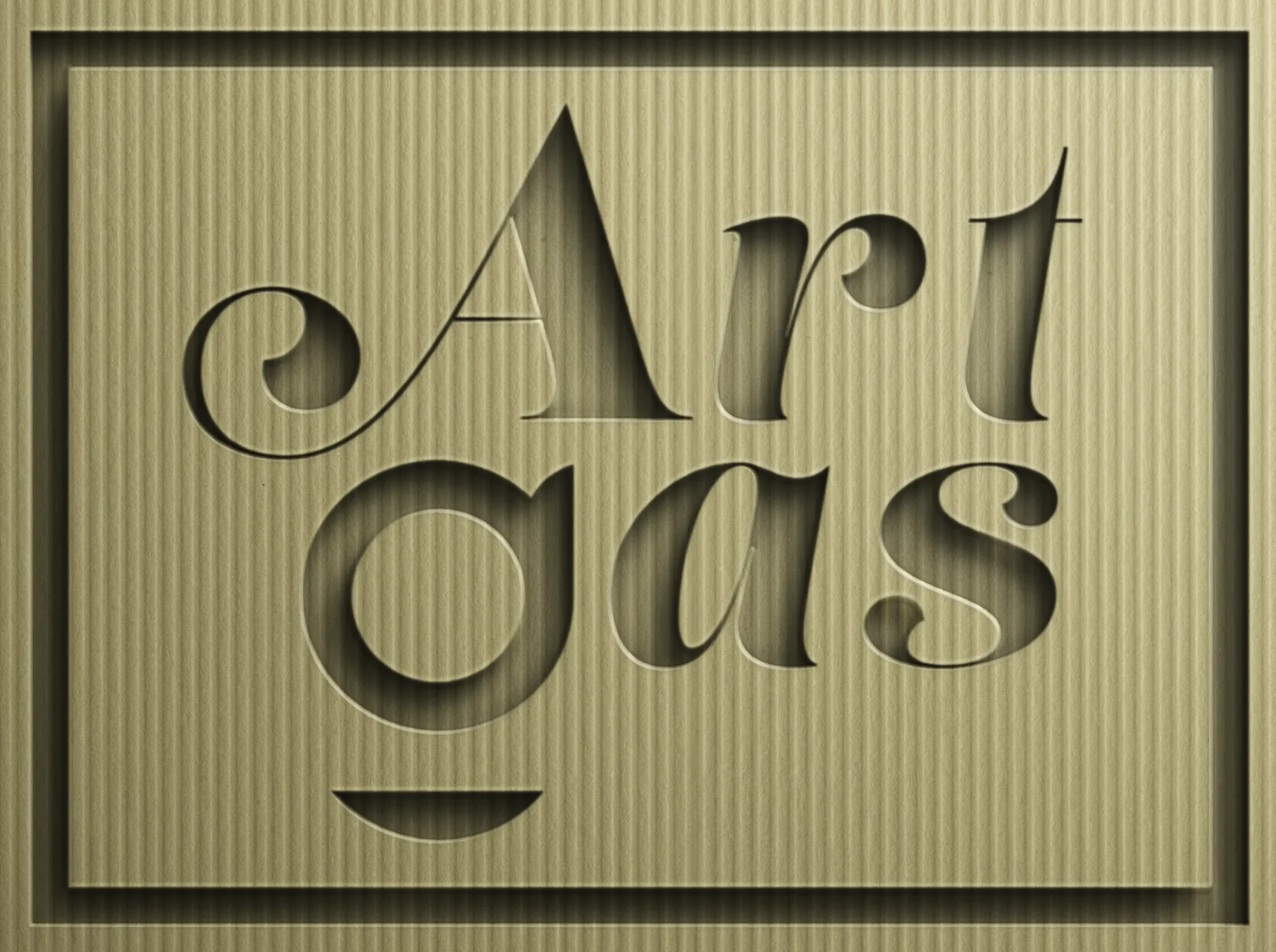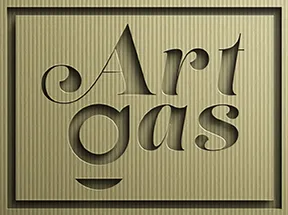Emerging Abstract Art: A Comprehensive Exploration
The Evolution and Impact of Emerging Abstract Art in the Contemporary Era
Abstract art, a style that eschews direct representation to focus on the interplay of color, form, and line, has been a pivotal movement in the art world since the early 20th century. Its evolution has been marked by a continuous departure from reality, where the subjective vision of the artist takes precedence over traditional depiction. This blog delves into the rich tapestry of emerging abstract art, exploring its historical context, its resurgence in popularity, and the diverse variations that appeal to both traditional art enthusiasts and a new digital audience.
Overview and History
The inception of abstract art can be traced back to the late 19th and early 20th centuries, with pioneers like Wassily Kandinsky, Piet Mondrian, and Kazimir Malevich breaking away from representational art to explore the intrinsic properties of art itself. This period of experimentation laid the groundwork for various abstract movements, including Expressionism, Cubism, and Futurism, among others. As the digital age dawned, abstract art found new life, evolving through technological advancements and the advent of digital media, leading to innovative expressions and a broader audience reach.
Why Abstract Art?
Abstract art’s enduring popularity stems from its ability to evoke emotion and provoke thought without the confines of representational accuracy. Its appeal lies in its universality; abstract art speaks a visual language that transcends cultural and linguistic barriers, making it accessible to a wide audience. It challenges viewers to find their own meanings and emotions within the artwork, creating a personal connection that can be profoundly moving.
Classic Variations of Abstract Art
- Expressionism: Characterized by bold, vibrant colors and dynamic brushstrokes that convey emotional intensity.
- Cubism: Recognized for its use of geometric shapes and fragmented forms to depict multiple viewpoints simultaneously.
- Futurism: Emphasizes speed, technology, and modernity, capturing the dynamic energy of the 20th century.
- Abstract Expressionism: A post-World War II movement, particularly strong in the United States, known for its spontaneous, automatic, or subconscious creation.
- Minimalism: Focuses on simplicity and purity of form and color, reducing art to its essential qualities.
- Op Art: Exploits optical illusions, engaging the viewer with visually stimulating patterns that seem to move or vibrate.
- Color Field Painting: Uses large areas of a single color to evoke an emotional response, emphasizing the flatness of the canvas.
- Geometric Abstraction: Relies on geometric forms and structures, often in a non-illusionistic space.
- Lyrical Abstraction: A freer form of expressionism, focusing on the personal and the spontaneous.
- Digital Abstract Art: A contemporary evolution, utilizing digital tools and software to create abstract visuals that could not be achieved by traditional means.
New Digital or AI Variations of Abstract Art
- Generative Art: Created with the use of autonomous systems, such as algorithms and AI, producing unique and unpredictable works.
- Digital Collage: Combines multiple digital images into a single, cohesive abstract composition.
- Interactive Art: Engages viewers by requiring their interaction to complete or transform the artwork.
- Virtual Reality Art: Offers immersive experiences, allowing viewers to step inside the abstract creations.
- Algorithmic Painting: Utilizes algorithms to mimic the brushstrokes and styles of traditional painting in a digital format.
- 3D Abstract Art: Employs 3D modeling software to create abstract forms that exist in virtual space.
- Fractal Art: Uses mathematical fractals to create infinitely complex patterns that are both chaotic and ordered.
- Data-Moshing: A technique that manipulates video data to create abstract visual effects.
- Pixel Art: Although often representational, it can be abstract, focusing on the aesthetic and emotive power of the pixel as a medium.
- Neural Network Art: Created by training artificial neural networks on vast datasets of images, resulting in abstract outputs that reflect learned patterns and aesthetics.
SEO Keywords
- Emerging Abstract Art
- Digital Abstract Art
- AI Abstract Art
- Abstract Art Variations
- Contemporary Abstract Artists
- Abstract Art Techniques
- Abstract Art History
- Modern Abstract Art
- Abstract Art Movements
- Abstract Art Trends
Noteworthy Artists and Resources
- Classic Abstract Artists: Wassily Kandinsky, Piet Mondrian, Kazimir Malevich, Jackson Pollock, Mark Rothko.
- Digital and AI Abstract Artists: Refik Anadol, Casey Reas, Anna Ridler, Quayola.
- Websites: Artsy.net, SaatchiArt.com, Artstation.com (for digital abstract art), and MoMA.org for historical perspectives.
Emerging Abstract Art FAQs
- What Is Emerging Abstract Art?
Emerging abstract art refers to the latest trends and innovations within the realm of abstract art, including new techniques, mediums, and concepts introduced by contemporary artists. It often incorporates digital technology, artificial intelligence, and interdisciplinary approaches to push the boundaries of traditional abstract art. - How Does Emerging Abstract Art Differ from Traditional Abstract Art?
While traditional abstract art primarily relies on paint, canvas, and other physical media to explore form, color, and composition, emerging abstract art frequently employs digital tools, software, and new technologies. These innovations allow for a broader exploration of abstraction, including interactive elements, virtual reality, and algorithmically generated patterns. - Why Is Emerging Abstract Art Important?
Emerging abstract art is crucial for the ongoing evolution of the art world, as it reflects current cultural, technological, and philosophical trends. It challenges viewers to reconsider the nature of art and its relationship with technology, pushing the boundaries of aesthetic experience and artistic expression. - Who Are Some Notable Artists in Emerging Abstract Art?
Artists like Refik Anadol, who utilizes data and AI to create fluid, mesmerizing installations, and Casey Reas, known for his software-driven visual art, are prominent figures in the field of emerging abstract art. Their work exemplifies the innovative use of technology to expand the boundaries of traditional abstraction. - Can I Create My Own Emerging Abstract Art?
Absolutely. With the availability of digital art software and platforms, as well as accessible tutorials online, anyone interested can start experimenting with creating their own emerging abstract art. It’s a field that encourages exploration and experimentation, with no strict rules on what can or cannot be done. - How Can I Display or Share My Emerging Abstract Art?
Digital platforms offer excellent venues for displaying and sharing emerging abstract art. Websites like Artstation, DeviantArt, and even Instagram are popular choices. Additionally, virtual galleries and digital exhibitions are increasingly common, providing new avenues for artists to reach global audiences. - What Themes Are Common in Emerging Abstract Art?
Common themes include exploration of consciousness, digital identity, the relationship between humanity and technology, environmental concerns, and reinterpretations of physical and virtual spaces. These themes often reflect contemporary issues and the impact of technology on society. - How Is Technology Influencing Emerging Abstract Art?
Technology is not just a tool but also a source of inspiration for emerging abstract art. It influences both the creation process and the themes explored within the artwork. From AI-generated patterns to interactive installations that respond to viewers’ movements, technology expands the possibilities for abstract expression. - Where Can I Learn More About Emerging Abstract Art?
To dive deeper into emerging abstract art, consider exploring online art journals, attending virtual and physical exhibitions, and following relevant artists and galleries on social media. Educational platforms like Coursera and Khan Academy also offer courses on contemporary art trends. - How Can I Start Collecting Emerging Abstract Art?
Start by exploring online galleries and art fairs that specialize in contemporary and digital art. Many artists also sell their work directly through their websites or social media platforms. When collecting, consider the digital format and how it might need to be displayed, such as through digital frames or projection.
These FAQs aim to provide a foundational understanding of emerging abstract art, offering insights into its significance, the artists leading the movement, and how individuals can engage with and contribute to this evolving field.
The Collection of Emerging Abstract Art at Art Gas
The collection of emerging abstract art at Art Gas is a testament to the enduring appeal and continuous evolution of this art form. From the groundbreaking work of early 20th-century pioneers to the innovative creations of today’s digital artists, abstract art remains at the forefront of artistic experimentation and expression. Our collection celebrates this diversity, offering a window into the world of emerging abstract art


